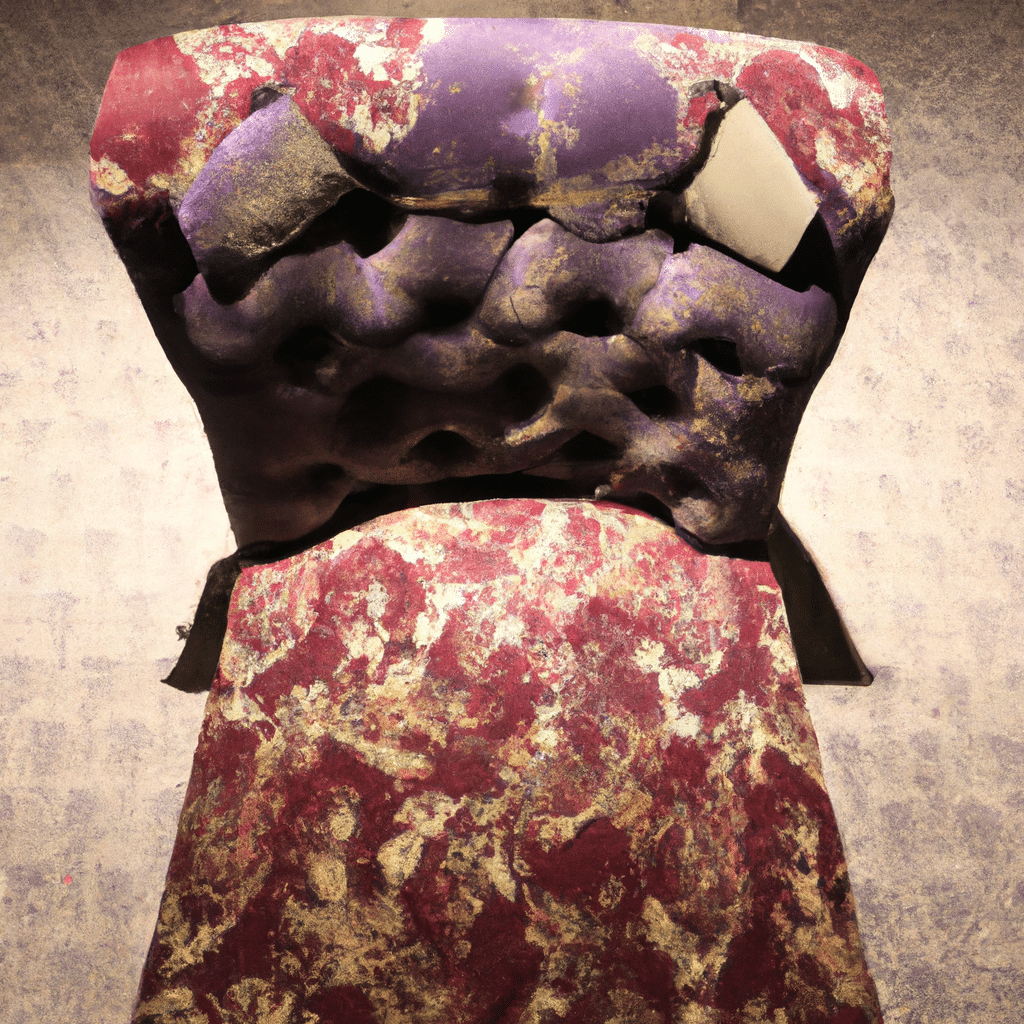At the heart of every comfortable and stylish piece of furniture lies the upholstery, the fabric and padding that encompass it. Upholstery has come a long way since its inception, evolving to meet the changing needs and preferences of consumers. In this article, we delve into the fascinating journey of upholstery, exploring its rich history, innovative materials, and the impact it has had on the furniture industry. Join us as we embark on a journey through time, uncovering the upholstery revolution that has shaped the way we sit and relax.

The Origins of Upholstery: From Ancient Times to the Renaissance
Upholstery traces its roots back to ancient civilizations, where it served both functional and decorative purposes. In ancient Egypt and Rome, cushions and mats were adorned with richly woven fabrics, showcasing the skill and craftsmanship of the time. As societies progressed, so did upholstery techniques, with the Renaissance period marking a significant turning point.
During the Renaissance, upholstery became an art form, with intricate designs and elaborate patterns adorning furniture. Velvet, silk, and brocade fabrics were popular choices, exuding luxury and opulence. The padding used beneath the fabric also evolved, with horsehair and feathers providing a plush and comfortable seating experience.
The Industrial Revolution: Transforming Upholstery Techniques
The advent of the Industrial Revolution in the 18th century brought about a revolution in upholstery techniques. With the introduction of mechanized production, upholstery became more accessible, no longer limited to the wealthy elite. Mass production led to the use of new materials such as cotton and linen, making furniture more affordable for the average person.
During this time, the use of springs and coils in seating became widespread, offering enhanced support and comfort. Upholstery techniques became more standardized, with the rise of upholstery workshops and skilled craftsmen specializing in the trade. The industrial revolution not only transformed the way furniture was produced but also paved the way for future innovations in the field of upholstery.
Modern Upholstery: Innovation and Comfort
In the 20th century, upholstery experienced a surge of innovation, driven by advancements in technology and a growing demand for comfort. With the rise of synthetic materials, such as polyester and nylon, fabric options expanded, offering durability and stain resistance. These materials revolutionized the furniture industry, making upholstery more practical and easy to maintain.
Foam padding also emerged as a popular choice, providing superior comfort and shape retention. High-density foam and memory foam revolutionized seating, molding to the body and ensuring a personalized sitting experience. Additionally, ergonomic designs and adjustable features became prevalent, catering to the diverse needs of individuals.
Sustainable Upholstery: A Growing Trend
As environmental consciousness grows, so does the demand for sustainable upholstery options. Consumers are increasingly seeking eco-friendly materials and manufacturing processes. Recycled fabrics, organic cotton, and natural latex are gaining popularity, offering a greener choice for upholstery.
Furthermore, furniture manufacturers are adopting sustainable practices, such as using water-based adhesives and reducing waste. The emphasis on sustainability extends beyond the materials used, with companies also focusing on durability and longevity, creating furniture that stands the test of time.
Upholstery and Interior Design: A Harmonious Relationship
Upholstery plays a vital role in interior design, adding texture, color, and personality to a space. The choice of fabric and padding can transform a room, creating a cohesive and inviting atmosphere. Designers often consider the style, durability, and maintenance requirements of upholstery when curating a space.
From classic leather upholstery in traditional settings to vibrant patterns in contemporary designs, the options are limitless. Upholstery allows individuals to express their personal style and create a space that reflects their taste and preferences.
The Future of Upholstery: Innovation Continues
As we look to the future, upholstery continues to evolve, driven by technological advancements and changing consumer needs. Smart fabrics are emerging, incorporating features such as temperature regulation and moisture-wicking properties. Integration of sensors and connectivity may enable furniture to adapt to individual preferences, further enhancing the sitting experience.
Sustainability will remain a key focus, with manufacturers exploring new eco-friendly materials and production methods. Upholstery will continue to push boundaries, combining aesthetics, comfort, and functionality to create furniture that meets the demands of a rapidly changing world.
In Conclusion
The upholstery revolution has transformed the way we experience furniture. From ancient civilizations to the present day, upholstery has evolved, incorporating new materials, techniques, and designs. The artistry and craftsmanship behind upholstery have captivated generations, with each era leaving its mark on the industry.
As we embrace the future, upholstery will continue to be at the forefront of innovation, offering comfort, style, and sustainability. Whether it’s a cozy armchair or a luxurious sofa, the upholstery that wraps it holds a story, reflecting the ever-changing desires and needs of society. So next time you sink into your favorite seat, take a moment to appreciate the journey of upholstery and its remarkable impact on the world of furniture.








